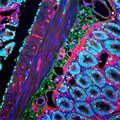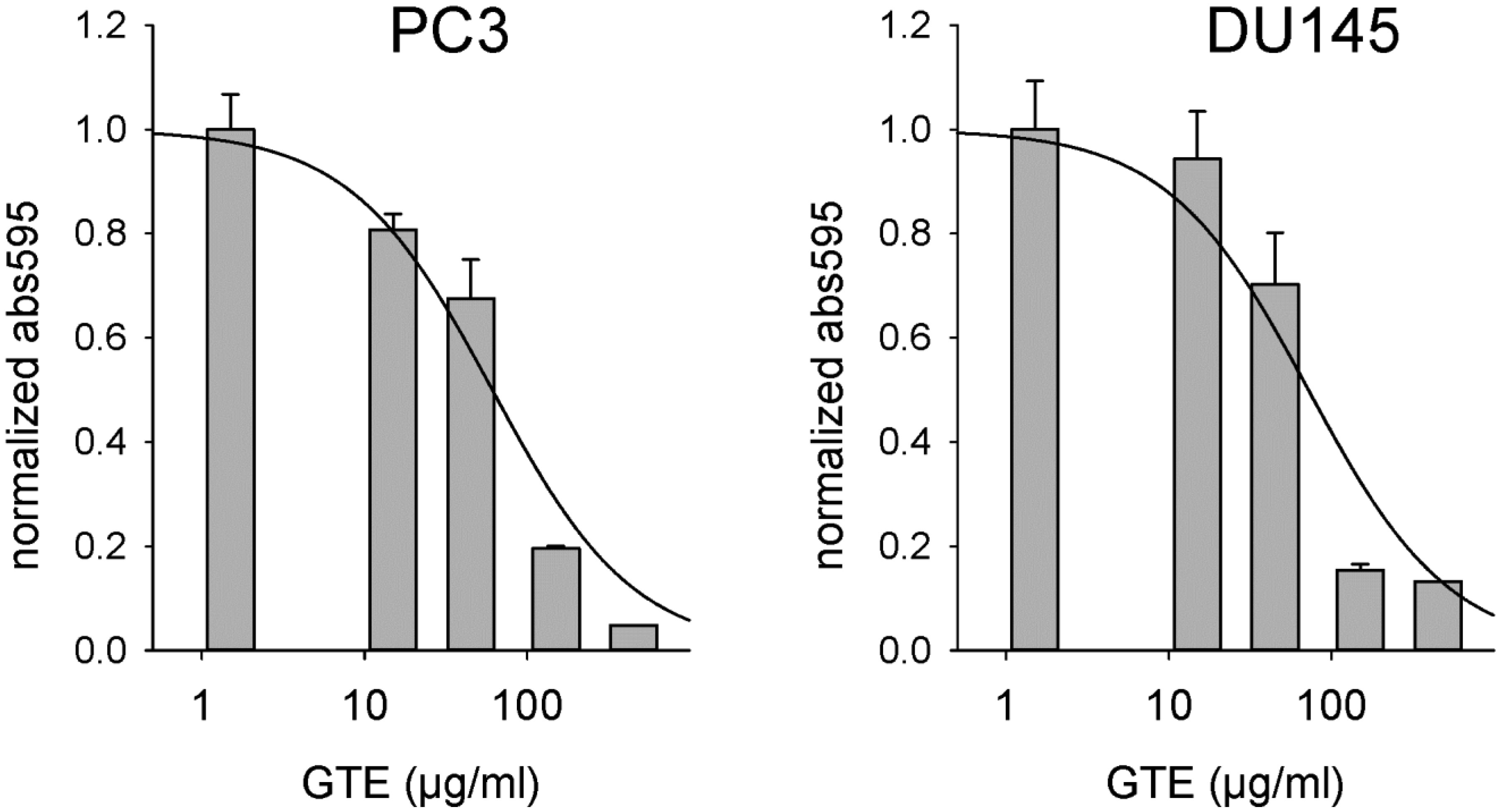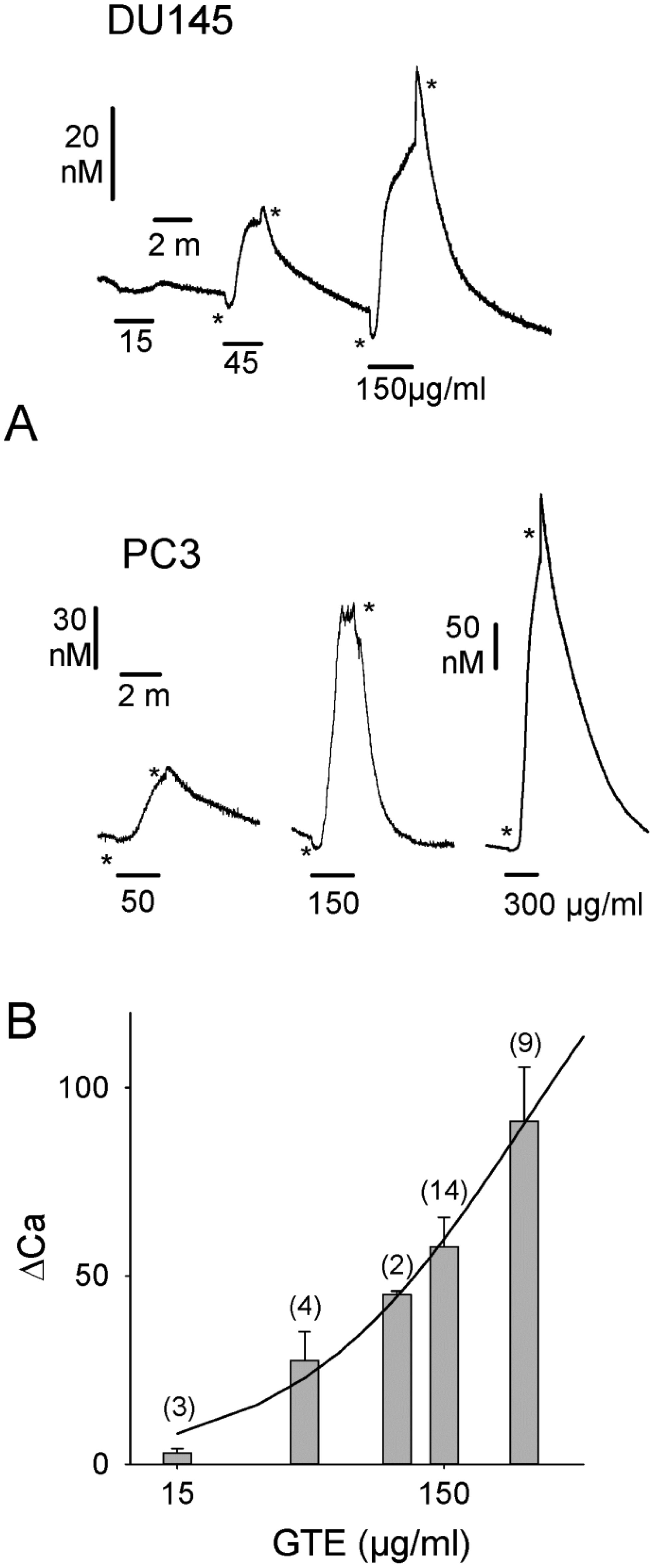1.
Introduction
This paper is concerned with the finite element approximation of system of J = 2 quasi-variational inequalities QVIs with term sources and obstacles depending on solution: Find a vector U=(u1,u2)∈(H10(Ω))2 satisfying
Where Ω is a bounded smooth domain of RN with N≥ 1, each ai(.,.) is a continuous elliptic bilinear form, (.,.) is the inner product in L2(Ω) and each fi is a regular, nonlinear functional depending on solutions. The obstacle M provide the coupling between the unknowns u1; u2
k is a positive number. We point out that in the case where fi are independent of the solution, the system (1.1) coincides with that introduced by Bensoussan and Lions in [1] which arises in the management of energy production problems.
It is easy to note that the structure of system (1.1) is analogous to that of the classical obstacle problem [2] where the term source and obstacle are depending upon the solution sought. The terminology QVI being chosen is a result of this remark.
Numerical analysis of system of quasi-variational inequalities where term sources not depending on solutions were achieved in several works, we refer to [3,4,5,6,7,8] for system of quasi-variational inequalities with coercive or noncoercive operators.
For results on systems related to evolutionary Hamilton-Jacobi-Bellman equation we refer to [9,10,11].
The main objective of this paper is to show that problem (1.1) can be properly approximated by a finite element method and an optimal L∞-error estimates is derived, which coincides with the optimal convergence order of elliptic variational inequalities of an obstacle type problem [12].
The approximation is carried out by first introducing a modified Bensoussan-Lions type iterative scheme depending on parameters which is shown to converge geometrically to the continuous solution. By a symmetrical approach, using the standard finite element method and a discrete maximum principle (DMP), the geometric convergence of the discrete modified Bensoussan-Lions type iterative scheme depending upon parameters is given as well. An L∞-error estimates is then established combining the geometric convergence of both the continuous and discrete iterative schemes and the known uniform error estimates in elliptic VIs.
It is worth mentioning that even the guiding idea of this paper rests on the algorithmic approach followed in many papers cited above, the treatment of the geometric convergence of both continuous and discrete schemes is totally different because of the nonlinear nature of terms sources. Also, it is used for the first time for a system of QVIs.
An outline of this paper is as follows: In section 2, we lay down some definitions and classical results related to variational inequalities and prove a Lipschitz continuous and discrete dependency with respect to the source term, the boundary condition and the obstacle. Section 3 discusses the continuous Bensoussan-Lions type iterative scheme and proves its geometrical convergence. In Section 4, we establish the finite element counter parts of the continuous system and the continuous Bensoussan-Lions type iterative scheme respectively and the geometrical convergence of the discrete scheme. Section 5 is devoted the L∞-error analysis of the method.
2.
Preliminaries
We are given functions aijk(x),aik(x),ai0(x),1≤i≤2 sufficiently smooth functions such that 1≤j,k≤N
where βi is a positive constant. We define the bilinear forms: For all u,v∈H10(Ω)
We are given right-hand sides
a nonlinear functional and Lipschitz continuous on R; that is
such that
where βi is a constant defined in (2.1). For W=(w1,w2)∈(L∞+(Ω))2 we introduce the norm
2.1. Elliptic variational inequalities
Let be Ω a bounded polyhedral domain of R2 or R3 with sufficiently smooth boundary ∂Ω. We consider the bilinear form of the same form of those defined in (2.2), the linear form
The right hand side
the obstacle
the boundary condition g∈L∞(∂Ω) and the nonempty convex set
We consider the variational inequality V.I.: Find u∈Kg such that
2.2. A monotonicity property
Proposition 1 Let (f,g,ψ); (˜f,˜g,˜ψ)be a pair of data and ζ=σ(f,g,ψ); ˜ζ=σ(˜f,˜g,˜ψ) the corresponding solution to (2.8). If f≤˜f in Ω, g≤˜g on ∂Ω and ψ≤˜ψ then, ζ≤˜ζ in Ω.
Proof. The proof is an adaptation of the proof of the monotonicity property of the solution of Ⅵ with nonlinear source term (see [13]). According to [14], ζ=max{ζ_} where {ζ_} is the set of all the subsolutions of ζ. Hence, ∀ζ_∈{ζ_}, ζ_ satisfies
By using the conditions f≤˜f in Ω, g≤˜g on ∂Ω and ψ≤˜ψ, we get
with
Thus, ζ is a subsolution of ˜ζ=σ(˜f,˜g,˜ψ), that is ζ≤˜ζ in Ω.
2.3. A Lipschitz continuous dependency with respect to the boundary condition, the source term and the obstacle
This subsection is devoted to the establishment of a Lipschitz continuous dependence property of the solution with respect to the source term, the boundary condition and the obstacle by which we first, set out and demonstrate.
Proposition 2 Let (f,g,ψ); (˜f,˜g,˜ψ)be a pair of data andζ=σ(f,g,ψ); ˜ζ=σ(˜f,˜g,˜ψ) the corresponding solution to (2.8). Then, we have
Proof. The proof is an adaptation of the proof of a Lipschitz property of the solution of Ⅵ with nonlinear source term (see [13]). First, set
Then,
So,
Thus, for all 0<v,
with
So, according to the property ˜ζ is a subsolution ofσ(f+a0(x)φ,g+φ,ψ+φ)=σ(f,g,ψ)+φ, that is
or
Similarly, interchanging the roles of the couples (f,g,ψ); (˜f,˜g,˜ψ), we obtain
which completes the proof.
Let τh be a triangulation of Ω with meshsize h, Vh be the space of finite elements consisting of continuous piecewise linear functions v vanishing on ∂Ω and φs; s = 1, 2, …, m(h) be the basis functions of Vh.
The discrete counterpart of (2.8) consists of finding uh∈Kgh such that
Where
πh is an interpolation operator on ∂Ω and rhis the usual finite element restriction operator on Ω.
Theorem 3 (See [12] Under conditions (2.5) and (2.6), there exists a constant C independent of h such that
2.4. A Lipschitz discrete dependency with respect to the boundary condition, the source term and the obstacle
Assuming that the DMP is satisfied, i.e. the matrix resulting from the finite element discretization is an M-matrix (see [15,16]), we prove the Lipschitz discrete dependence with respect to the boundary condition, the source term and the obstacle by a similar study to that undertaken previously for the Lipschitz continuous dependence property.
Proposition 4 Let (f,g,rhψ); (˜f,˜g,rh˜ψ)be a pair of data and ζh=σh(f,g,rhψ); ˜ζh=σh(˜f,˜g,rh˜ψ) the corresponding solution to (2.14). If f≤˜f in Ω, g≤˜g on ∂Ω and rhψ≤rh˜ψ then, ζh≤˜ζh in Ω.
Proof. The proof is similar to that of the continuous case.
The proposition below establishes a Lipschitz discrete dependence of the solution with respect to the data.
Proposition 5 Let the (d.m.p) holds. Then, we have
Proof. The proof is similar to that of the continuous case.
3.
The continuous problem
We define the following fixed-point mapping
Where ζi∈H10(Ω)∩L∞(Ω) is a solution to the following variational inequality
Thanks to [1,2], ζi is the unique solution to coercive variational inequality (3.1).
Remark 1 We remark that the solution U=(u1,u2) of the system (1.1) is the fixed point of the mapping T; that isTU=U.
3.1. A continuous iterative scheme
Starting from U0=(u1,0,u2,0) where ui,0; i = 1; 2 is solution of the variational equation
and for all 0<wi<1; i=1,2 we define the sequences (u1,n+1) and (u2,n+1) such that u1,n+1 and u2,n+1 the components of the vector Un+1, solve the following elliptic variational inequalities respectively
3.2. Convergence of the continuous iterative scheme
Theorem 2 The sequences (u1,n+1) and (u2,n+1) converge geometrically to the solution U=(u1,u2) of the system (1.1); there exist a positive real ρ∈(0,1) which depends on αi and wi such that for all n≥0
where
Proof. The proof will carry out by induction.
● We first deal with the case
● Indeed for n = 0; using (1.1), (3.2), (3.3) and (2.9), we have
So,
We distinguish two cases
or
(3.9) in conjunction with case (3.10) implies
with
which implies
By replacing (3.14) in (3.13), we get
which coincides with (3.8).
(3.9) in conjunction with (3.11) implies
with
‖u2−u2,0‖L∞(Ω) is bounded below by both ‖u1−u1,1‖L∞(Ω)
and
So,
or
Then,
or
(3.15), (3.17) and (3.18) generate the following three possibilities
or
or
All possibilities are true in the same time because they coincide with (3.8). So, there is either a contradiction and thus case (3.11) is impossible or case (3.11) is possible if and only if
Hence, both cases (3.10) and (3.11) imply (3.14).
● Let us now discuss the second case
(3.9) in conjunction with (3.10) implies (3.14) with
which contradicts (3.19) which means that (3.10) is impossible. (3.9) in conjunction with (3.11) we get (3.17) and (3.18). So,
or
We remark that both alternatives are true in same time because both coincide with (3.19) which implies that in case (3.11), we must have
Hence, in both cases (3.8) and (3.19), we obtain (3.14). Hence,
● As
we need to deal also with ‖u2−u2,1‖L∞(Ω), by following the same reasoning as that adopted for u1 and u1,1, we get
Again we distinguish two possibilities
or
(3.21) and (3.22) imply
with
By substituting (3.24) in (3.25), we get
which coincides with (3.20). (3.21) and (3.23) imply
with
It is clear that ‖u1−u1,1‖L∞(Ω) is bounded below by both
and
which leads us to distinguish the following possibilities
or
Then,
or
Thus, (3.26)-(3.28) imply that the three following alternatives are required
or
or
It is clear that all alternatives coincide with (3.20). So, we must have
Thus, in both cases (3.22) and (3.23) we obtain (3.24). Hence,
(3.20) and (3.29) imply
● Let us assume that, for n≥0
● We prove
By adopting the same arguments for (1.1), (3.2), (3.3) and (2.9) as that applied for the previous iterates, we get
So,
Also we distinguish two cases:
or
(3.32) in conjunction with (3.33) implies
with
By replacing (3.35) in (3.36) we get, according to (3.30); i = 1
which matches with (3.30); i = 2. (3.32) in conjunction with (3.34) implies
with
‖u2−u2,n‖L∞(Ω) is bounded below by both ‖u1−u1,n+1‖L∞(Ω)
and
So,
or
Thus,
or
By taking into account (3.37), we get
or
or
Three possibilities are true because all coincide with (3.30). So, we necessarily get
Thus, both cases (3.33) and (3.34) imply (3.35). Hence, by using (3.30) we get (3.31) for i = 1. The proof for (3.31); i = 2 is obtain in similar way by using (3.31); i = 1 and (3.35) so, it will be omitted. The desired result (3.6) follows naturally from (3.31).
4.
Statement of discrete problem
This section, we will handle the discrete problem by a perfect symmetry in the treatment of that the continuous one. Indeed, we define the discrete system of QVIs: Find a vector Uh=(u1h,u2h)∈(Vh)2 such that
The related discrete fixed-point mapping
where ζih∈Vh is the unique solution to the following discrete variational inequality
Remark 1 We remark that the solution Uh=(u1h,u2h) of the system (4.1) is the fixed point of the mapping Th; that is ThUh=Uh.
4.1. A discrete iterative scheme
Starting from U0h=(u1,0h,u2,0h) where ui,0h=rhui,0;i=1,2 is the discrete analog of ui,0 then,
For all 0<wi<1;i=1,2 we define the discrete sequences (u1,n+1h) and such that and components of the vector solve discrete elliptic variational inequalities
4.2. Convergence of the discrete iterative scheme
Theorem 2 The discrete sequences and converge geometrically to the discrete solution of the system (4.1); there exist a positive real defined in (3.7) such that for all
Proof. The proof is similar to that of the continuous case.
5.
-error analysis
This section is devoted to the proof of the main result of this paper. For that purpose we need to introduce an auxiliary system.
5.1. Auxiliary system
Let be an initialization. For all we define the discrete sequences and such that and solve coercive variational inequalities
It is clear that components of the vector are finite element approximation of defined in (3.2)–(3.4). Thus, making use of (2.16); we get
The algorithmic approach used in the present paper rests on the following crucial lemma, where the error estimate between the nth iterate and its discrete counter parts is established.
Lemma 1 Let and be the vectors whose components are sequences defined in (3.2)–(3.5) and (4.4)–(4.7) respectively. Then,
Where
Proof. The proof of the lemma rests on the discrete Lipschitz continuous dependency with respect to source term and obstacle and will carry out by induction.
● For n = 0, we have
(5.1), (5.2), (4.4), (4.5) and (2.17) imply
So,
Therefore,
We distinguish two cases
or
(5.8) in conjunction with (5.9) imply
with
So,
with (5.11). Then,
By replacing (5.12) in (5.11) we obtain
According to (5.5) and (4.3) we get,
which coincides with (4.3).
(5.8) and (5.10) imply
with
Then, multiplying (5.13) by and adding we obtain
We note that
is bounded by both
and
So,
or
Therefore, according to (5.5) and (4.3), we get
or
So, the last two alternatives are true at the same time because both coincide with (4.3). We necessarily deduce that
By replacing (5.14) in (5.13); we get (5.12). Hence, in both cases (5.9) and (5.10); we can write
Thus,
● In a similar way, that is by following the same steps as for and , and satisfy
So,
We distinguish also two cases
or
(5.16) in conjunction with case (5.17); we get
+
with
So,
with, according to (5.20)
Then,
Therefore,
which coincides with (5.15). The conjunction of (5.16) with case (5.18), implies
with
Then, by multiplying (5.21) by and adding, we obtain that the term is bounded by both
and
So, we distinguish again, the two following alternatives
or
We remark that both alternatives coincide with (5.15), which implies that case (5.18) is possible if and only if
By substituting (5.22) in (5.21), we get (5.20). Hence, in both cases (5.17) and (5.18), we get
Thus,
(5.15) and (5.23) imply
● Let us assume that for and i = 1, 2
● And prove for i = 1, 2
We operate in the same way as in iterate n = 0. Let us begin with case i = 1 in (5.25)
So, by applying (2.17), we get
We distinguish again two cases
or
(5.26) in conjunction with case (5.27) implies
and
Then,
with, according to (5.29)
(5.24) implies
with
Thus,
and as
Hence,
and
which corresponds with (5.24) for i = 2: Inequality (5.26) with (5.28) imply
and
By multiplying (5.30) by and adding the term we get that the term
is bounded by the following two terms
and
So, we need to distinguish the followings possibilities
or
which implies
or
By using (5.24), we can write
or
Only the last alternative is true because it matches with (5.24) for i = 2. So, in (5.28) we get
By replacing (5.31) in (5.30); we get (5.29). Hence, in both cases (5.27) and (5.28), we obtain
So,
Therefore,
By using the last inequality (5.32) and by adopting the same reasoning we prove (5.25); i = 2, therefore, we get (5.6).
5.2. The main result
Theorem 2 Let and be the solution of systems (1.1) and (4.8), respectively. Then, there exists a constant C independent of h such that
Proof. Making use of (3.6), (5.6) and (4.8), we have
As and by using (5.5) we get (5.33).
6.
Conclusions
In this work an optimal convergence order is derived for a class of system of two elliptic quasi-variational inequalities where terms sources and obstacles depend upon the solution, where the continuous and discrete Lipschitz dependence with respect to the terms sources, boundary condition and obstacles' played a leading role in obtaining the main result of this paper. As (1.1) plays a key role in solving Hamilton-Jacobi-Bellman equation the results obtained in this paper can give an optimal error estimate for HJB equation also even for . The approach used and the results obtained in this paper (optimal convergence order) remain valid when we deal with systems of quasi-variational inequalities with terms sources depends on solution and the obstacles i independent of the solution, that is systems of the form; Find a vector satisfying
Acknowledgments
The author states that no funding source or sponsor has participated in the realization of this work.
Conflict of interest
All authors declare no conflicts of interest in this paper.

















 DownLoad:
DownLoad: